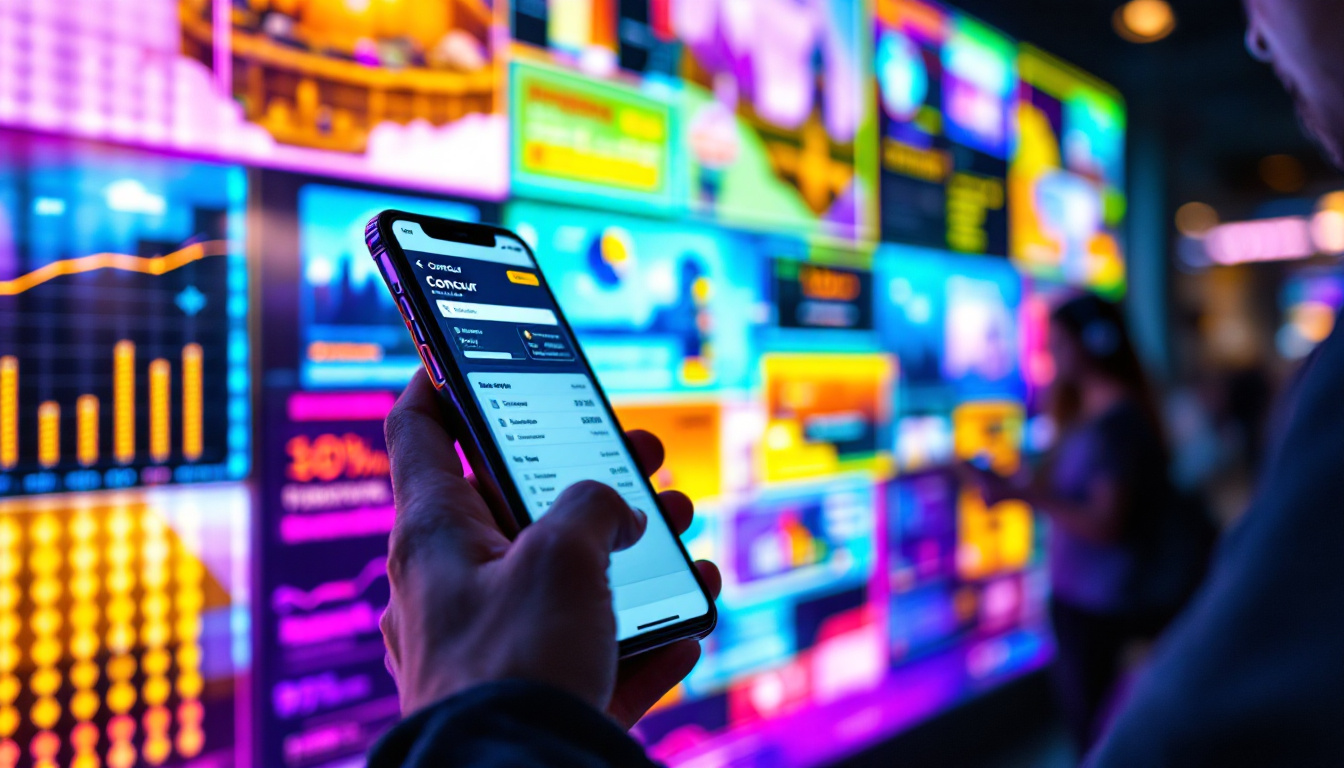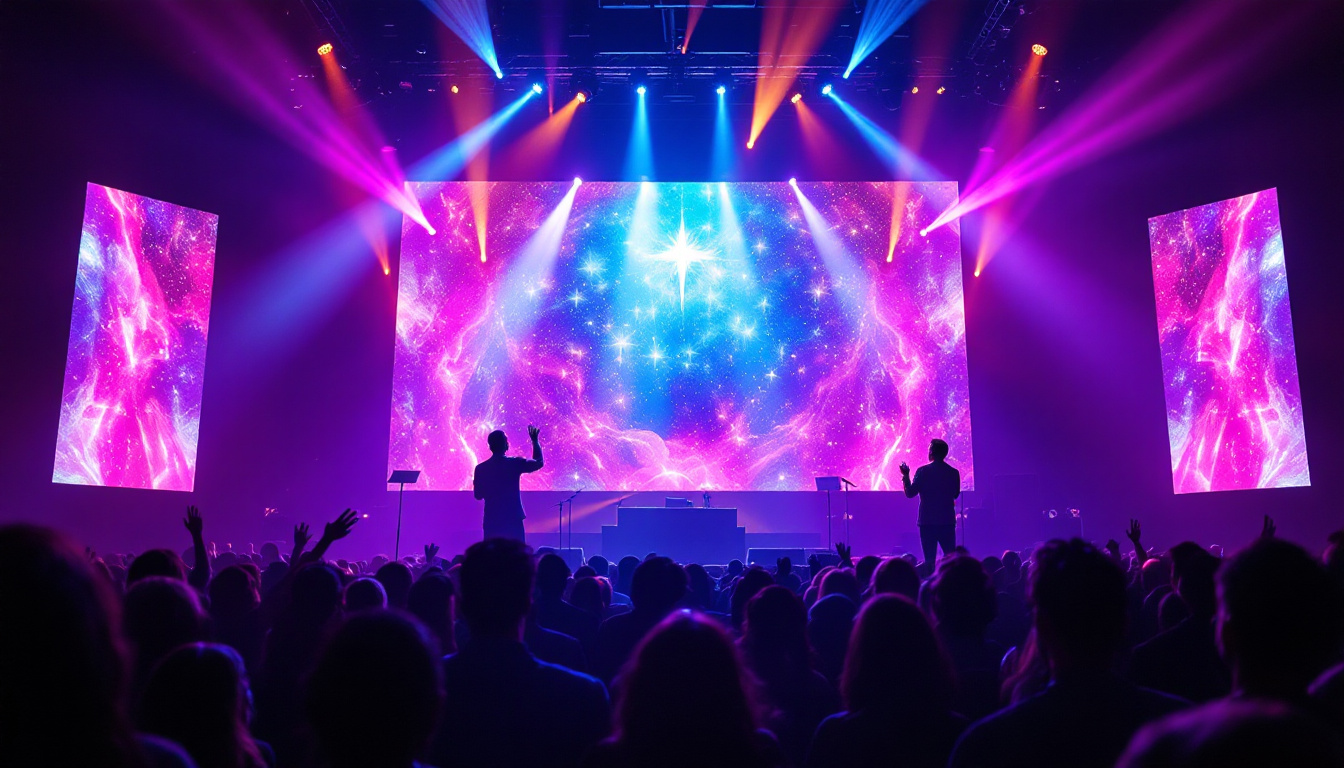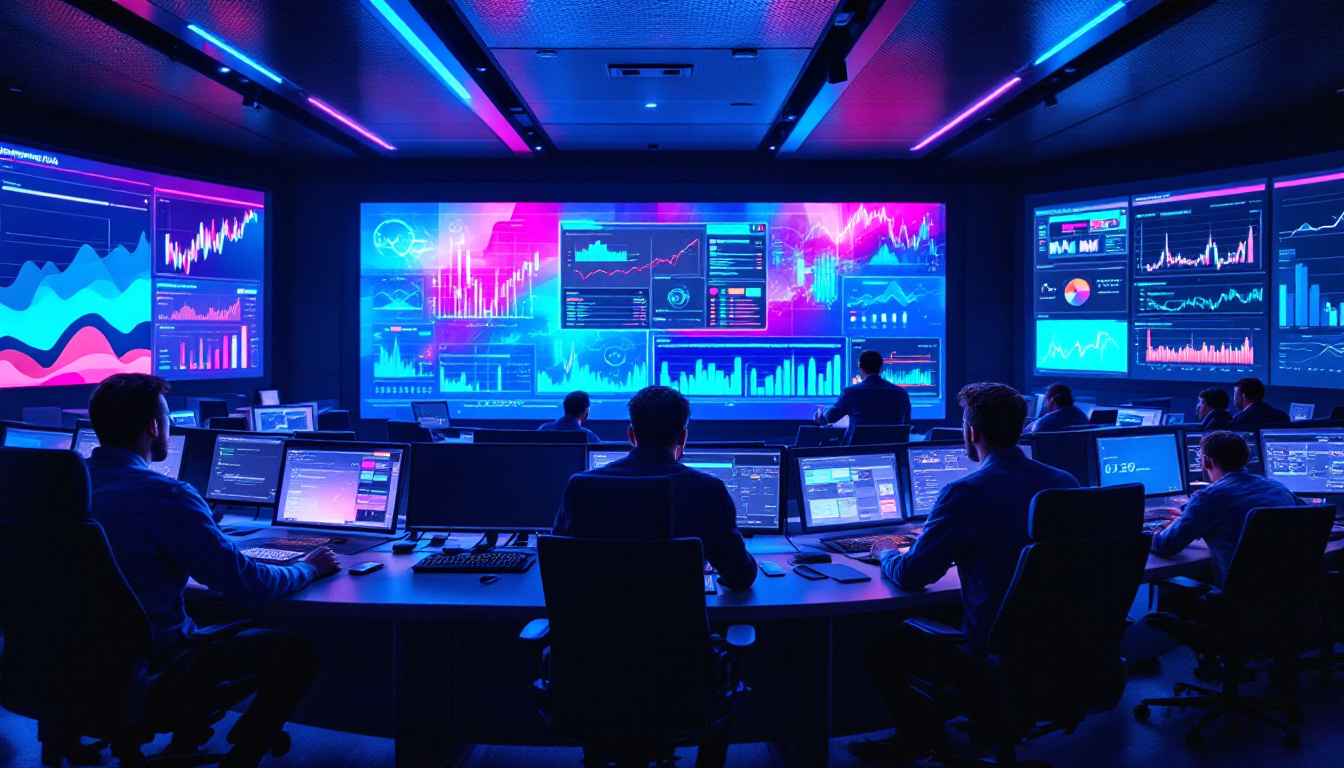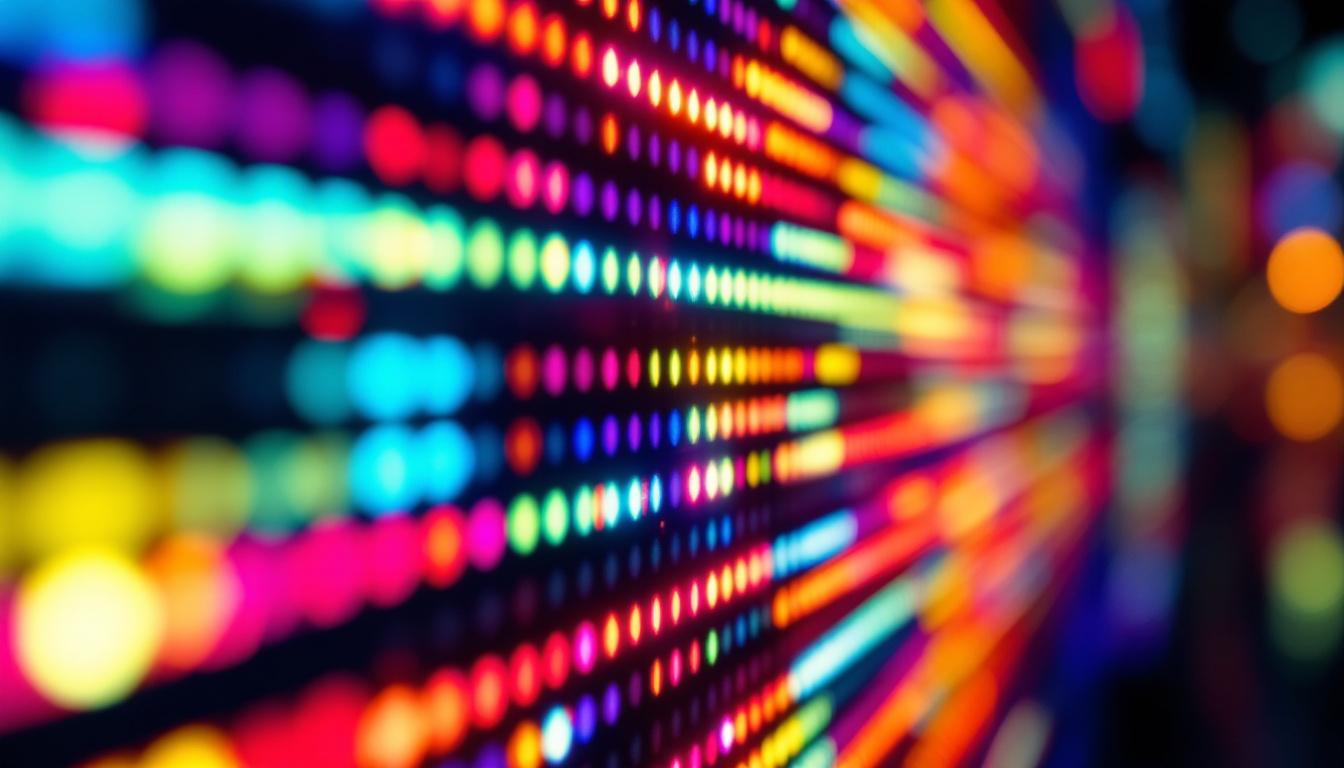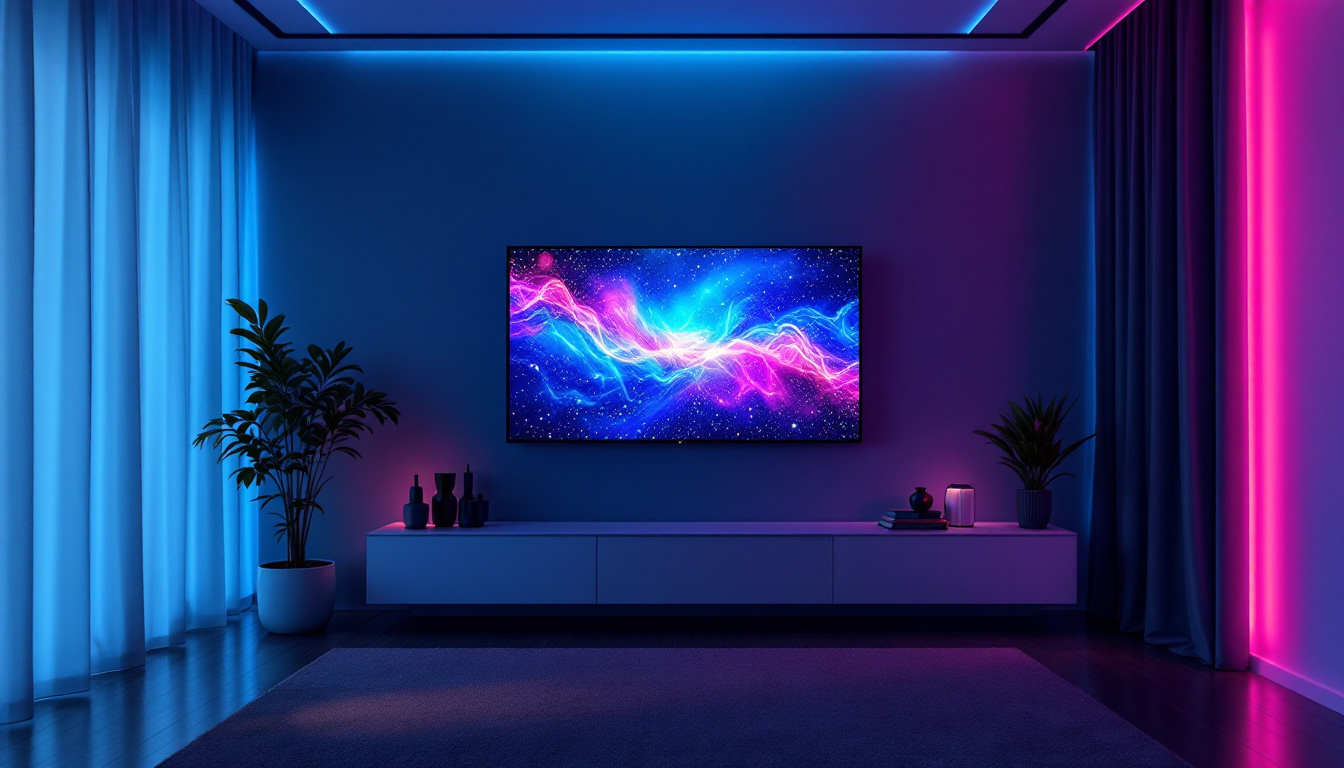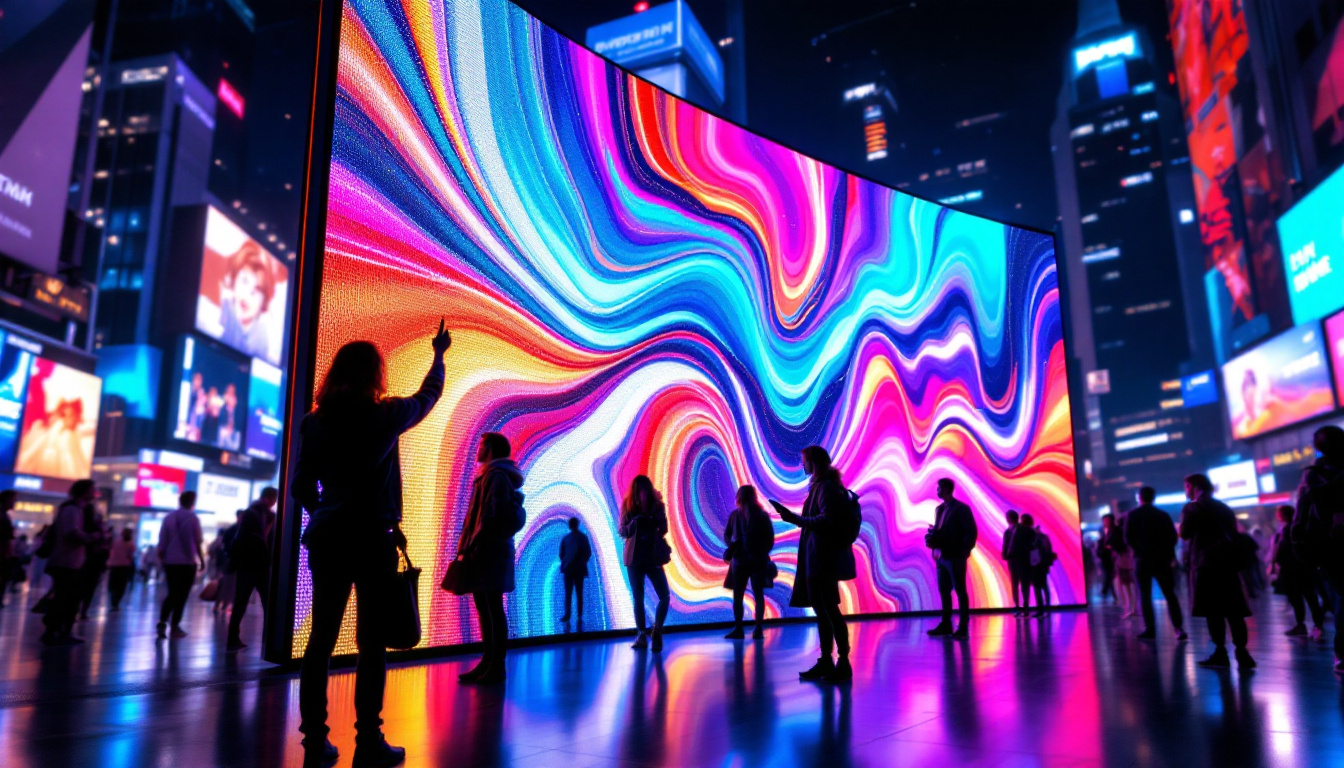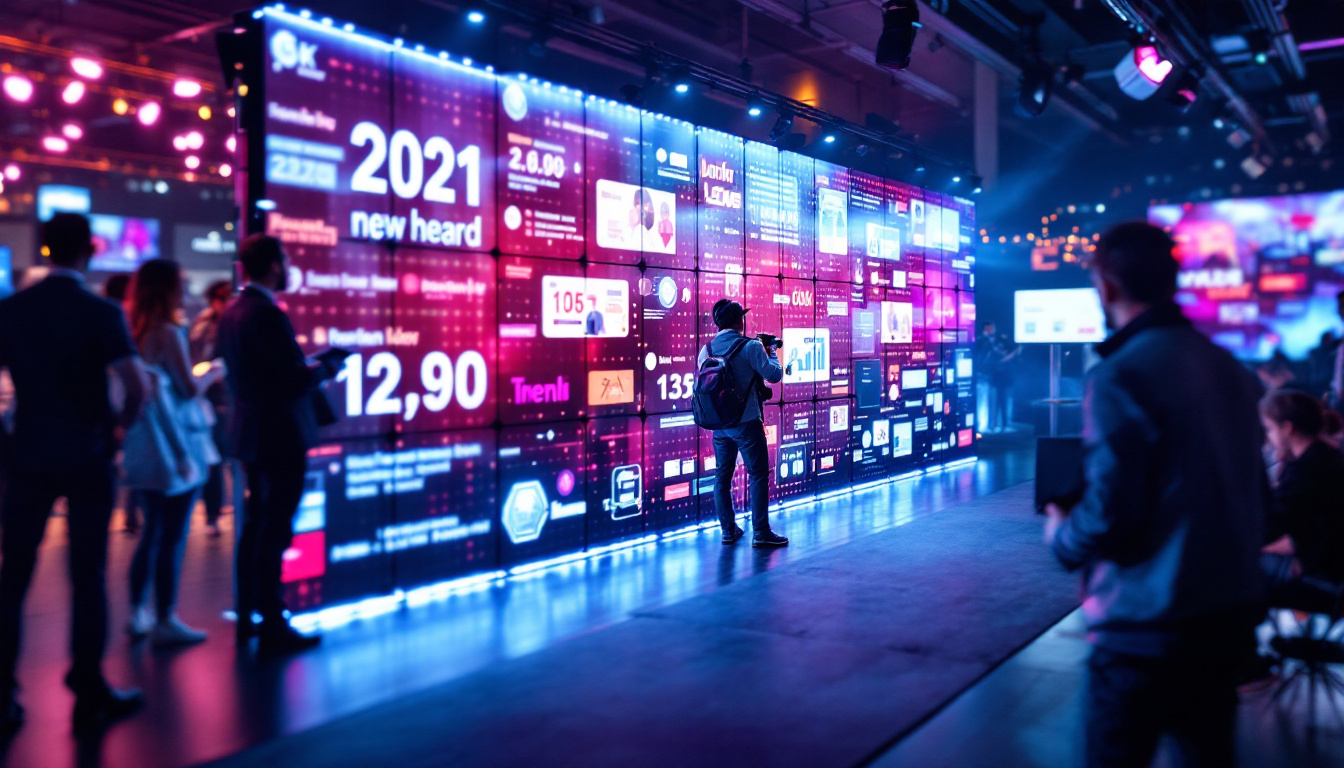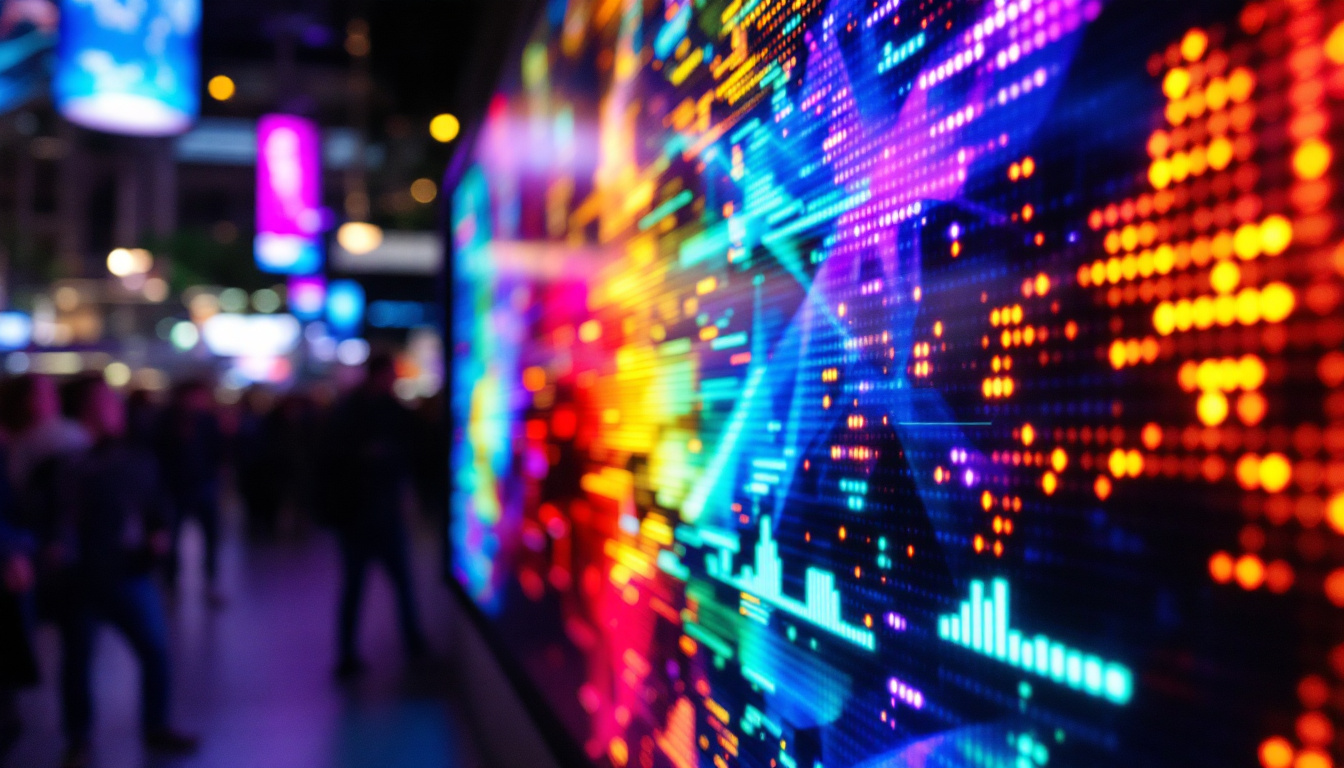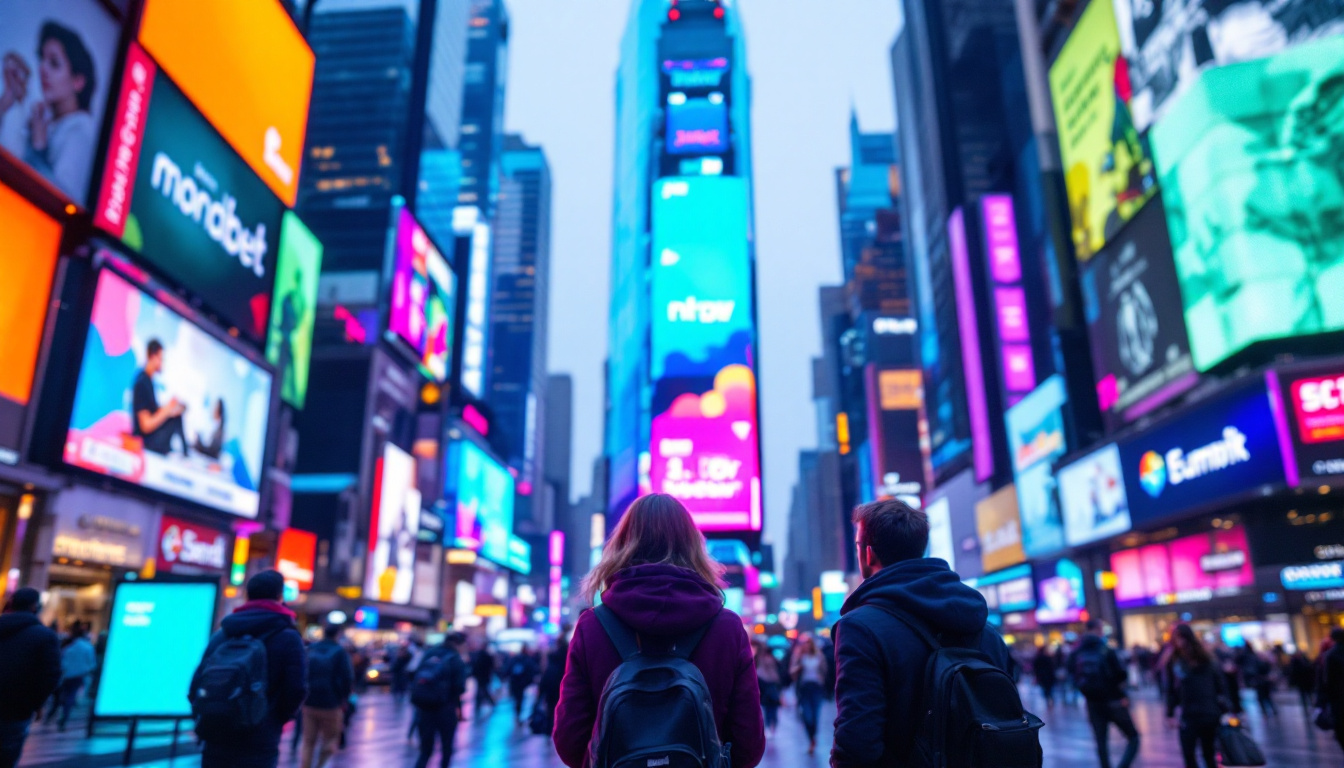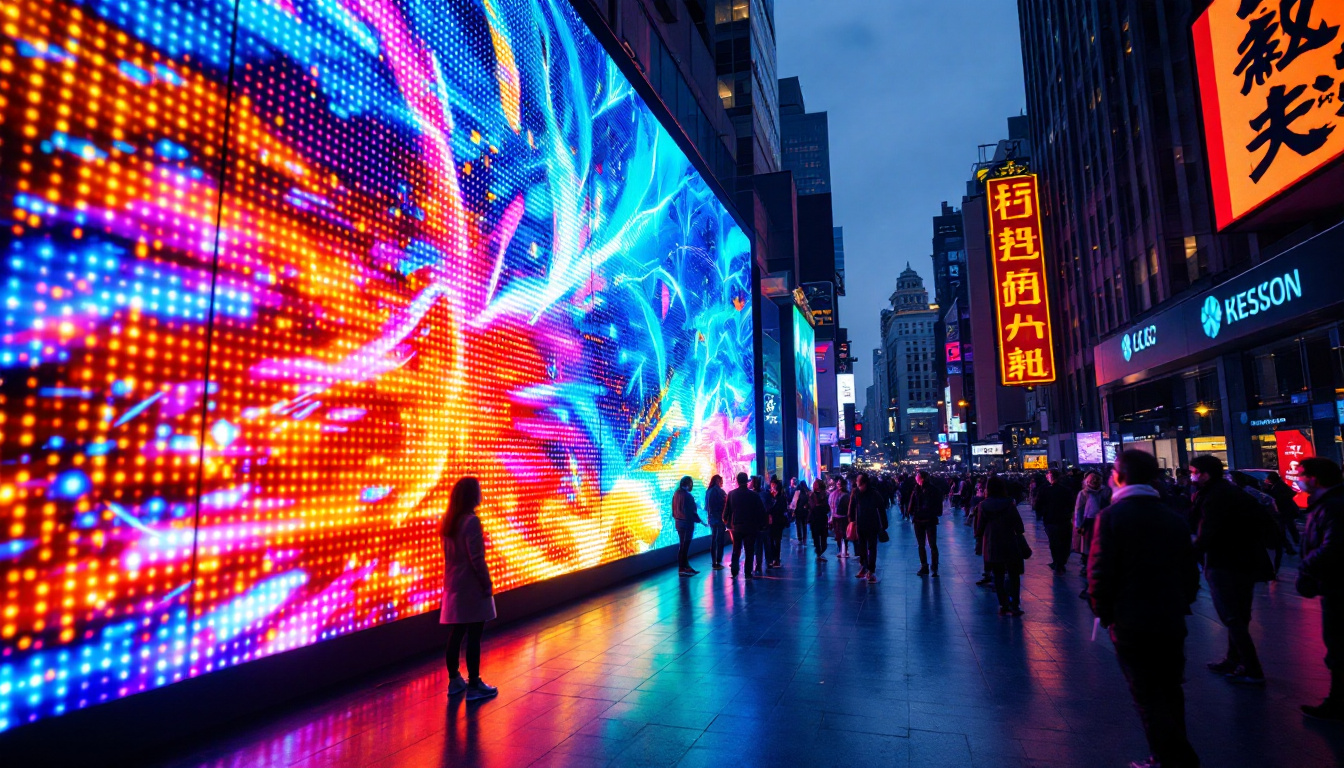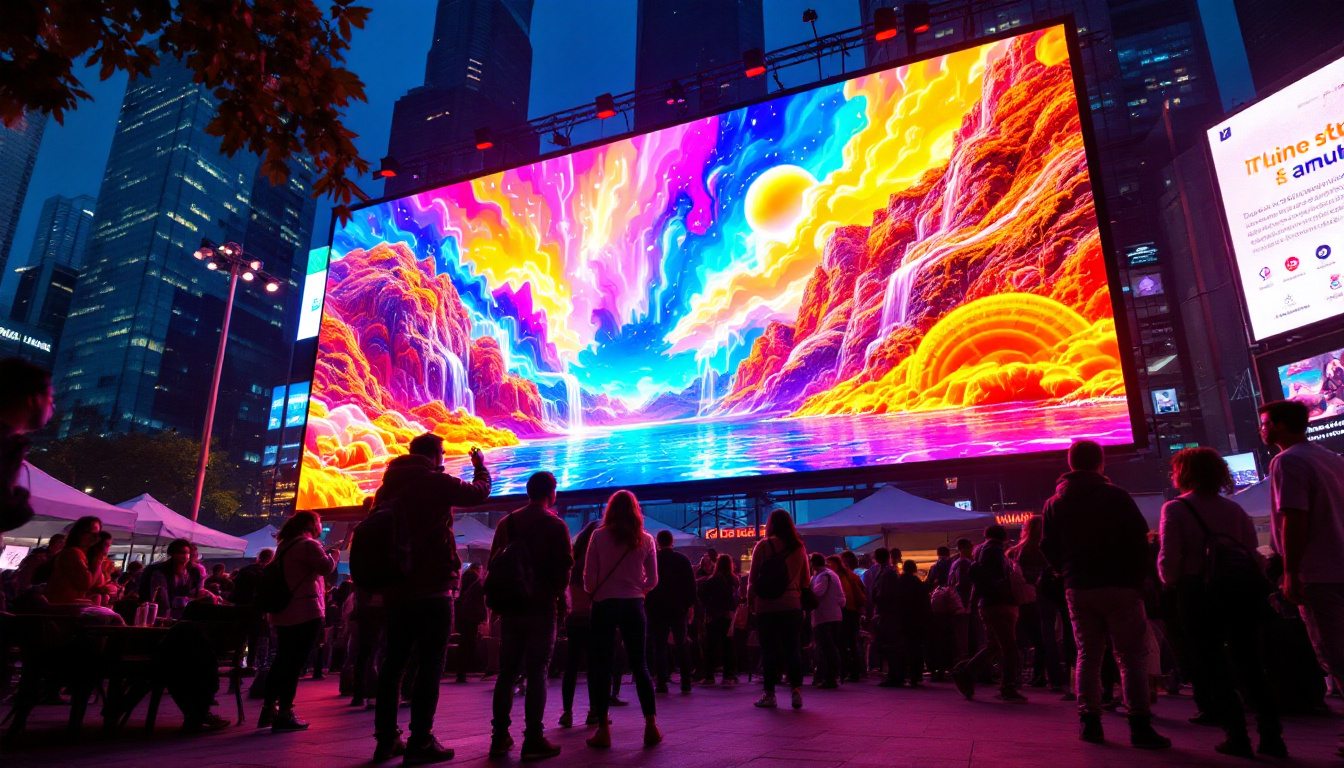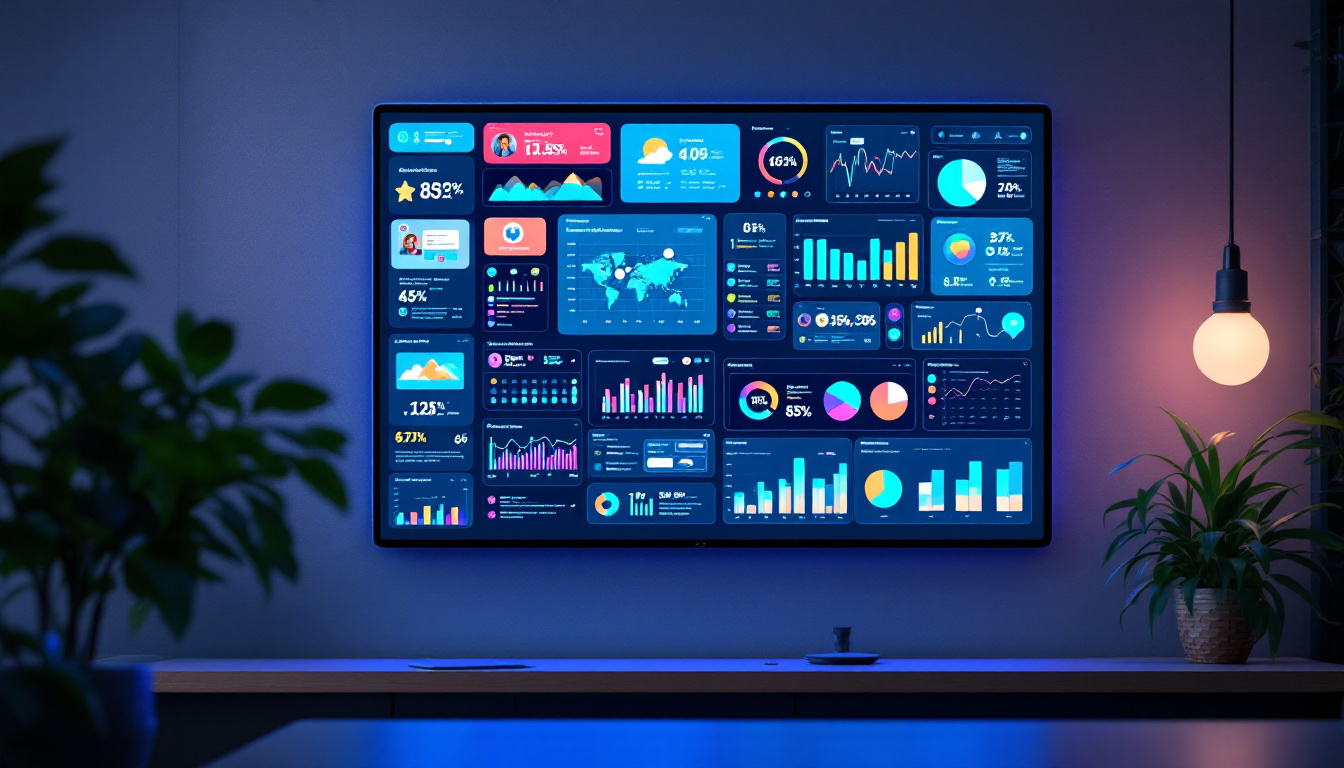In today’s fast-paced digital landscape, LED displays have become a cornerstone of visual communication. From towering billboards in Times Square to the vibrant screens in sports arenas and retail stores, LED technology is everywhere. But what exactly makes LED displays so popular, versatile, and effective? This article dives deep into the world of LED displays, explaining their technology, applications, benefits, and future trends.
Understanding LED Display Technology
What is an LED Display?
LED stands for Light Emitting Diode, a semiconductor device that emits light when an electric current passes through it. An LED display is a flat panel or flexible surface that uses an array of these tiny LEDs as pixels to produce images, videos, or text.
Unlike traditional LCD or plasma screens, LED displays rely on individual diodes to generate light, which allows for higher brightness, better contrast, and improved energy efficiency. The LEDs can be arranged in various configurations, including single-color (monochrome), dual-color, or full-color RGB (red, green, blue) setups, enabling a wide spectrum of colors and dynamic visuals. This versatility makes LED displays ideal for a range of applications, from billboards and sports arenas to retail signage and home entertainment systems.
How Do LED Displays Work?
At the core of an LED display is a matrix of LEDs, each representing a pixel. By controlling the intensity of each LED or group of LEDs, the display can render images with incredible detail and vibrant colors. The control system sends signals to the LEDs, adjusting their brightness and color in real-time to create moving images or static content. This rapid response time is crucial for applications such as live broadcasting or gaming, where every millisecond counts.
Modern LED displays often use surface-mounted device (SMD) LEDs, which integrate red, green, and blue diodes into a single package. This design allows for smaller pixel pitches (the distance between pixels), resulting in higher resolution and sharper images, even at close viewing distances. Additionally, advancements in LED technology have led to improved thermal management and longevity, ensuring that these displays can operate efficiently for extended periods without overheating or degrading in quality.
Types of LED Displays
LED displays come in various forms, each tailored to specific use cases:
- Indoor LED Displays: Designed for environments with controlled lighting, these displays have smaller pixel pitches (often less than 2.5mm) for high-resolution images and crisp visuals. They are commonly used in conference rooms, retail stores, and entertainment venues, where clarity and detail are paramount.
- Outdoor LED Displays: Built to withstand harsh weather conditions, these displays offer higher brightness levels (often exceeding 5,000 nits) to remain visible under direct sunlight. Their robust construction ensures durability, making them perfect for advertising and public information displays in busy urban environments.
- Flexible and Transparent LED Displays: Emerging technologies allow for curved, bendable, or see-through LED panels, opening new possibilities in design and architecture. These displays can be integrated into windows or walls, providing a seamless visual experience without obstructing natural light or views.
- Creative LED Displays: These include uniquely shaped or modular LED installations used in art, stage design, and experiential marketing. Artists and designers are increasingly using LED technology to create immersive environments that captivate audiences and enhance storytelling.
As the demand for innovative visual solutions grows, the LED display market continues to evolve, with advancements in resolution, color accuracy, and energy efficiency. Technologies such as microLED and miniLED are on the horizon, promising even greater performance and versatility. These developments not only enhance the viewing experience but also contribute to more sustainable practices in the display industry, as they often require less power and have longer lifespans compared to traditional display technologies.
Applications of LED Displays Across Industries
Advertising and Outdoor Signage
One of the most visible uses of LED displays is in outdoor advertising. Digital billboards equipped with LED technology provide advertisers with dynamic content capabilities that traditional static signs cannot match. According to a 2023 report by Grand View Research, the global digital signage market is projected to reach $32.84 billion by 2028, with LED displays accounting for a significant share.
LED billboards can display multiple advertisements in rotation, update content remotely, and incorporate interactive elements. Their high brightness ensures visibility in all weather conditions, making them ideal for highways, urban centers, and retail storefronts.
Sports and Entertainment Venues
Sports arenas, concert halls, and theaters utilize large-scale LED displays to enhance the audience experience. From scoreboards and instant replays to immersive stage backdrops, LED screens offer unparalleled visual impact.
For example, the AT&T Stadium in Texas features one of the world’s largest high-definition LED displays, measuring over 160 feet wide and 72 feet tall. This massive screen delivers crystal-clear images to tens of thousands of fans, demonstrating the scale and capabilities of modern LED technology.
Retail and Hospitality
Retailers leverage LED displays to attract customers, promote products, and create engaging in-store experiences. Digital signage can be tailored to different times of day, customer demographics, or promotional campaigns, providing flexibility and immediacy.
In hotels and restaurants, LED displays serve as digital directories, menu boards, and ambient lighting elements. The ability to update content quickly and remotely helps businesses stay relevant and responsive to customer needs.
Corporate and Educational Environments
LED displays are increasingly common in corporate offices and educational institutions. Conference rooms use LED video walls for presentations and video conferencing, while lecture halls benefit from large, high-resolution screens that improve visibility and engagement.
Moreover, LED displays facilitate digital wayfinding and information dissemination in campuses and corporate buildings, enhancing communication and operational efficiency.
Key Advantages of LED Displays
Superior Brightness and Visibility
One of the standout features of LED displays is their exceptional brightness. Outdoor LED screens can reach brightness levels of 5,000 to 10,000 nits, far surpassing LCD and OLED alternatives. This ensures clear visibility even in direct sunlight, a critical factor for outdoor advertising and public information displays.
Energy Efficiency and Longevity
LED technology is known for its energy efficiency. LEDs consume significantly less power than traditional lighting or display technologies, reducing operational costs. Additionally, LEDs have a long lifespan, often exceeding 100,000 hours of use, which translates to years of reliable performance with minimal maintenance.
Flexibility and Customization
LED displays can be manufactured in virtually any size or shape, from small indoor panels to massive outdoor walls. This flexibility allows designers and marketers to create customized installations that fit unique spaces and creative visions.
Furthermore, modular LED panels can be combined to form seamless video walls or curved surfaces, enabling immersive and eye-catching displays.
High Refresh Rates and Color Accuracy
Modern LED displays support high refresh rates, often above 1,000 Hz, which reduces flicker and motion blur. This is particularly important for broadcasting, live events, and gaming applications where smooth motion is essential.
With advancements in LED chip technology and calibration, color accuracy and consistency have also improved, ensuring vibrant and true-to-life images.
Challenges and Considerations When Choosing LED Displays
Cost Factors
While LED displays offer many benefits, they can be costly to purchase and install, especially for high-resolution, large-format screens. The initial investment may be significant, but it is often offset by lower maintenance and operating costs over time.
Businesses should carefully evaluate their budget and objectives to select the right type and size of LED display that delivers the best return on investment.
Pixel Pitch and Viewing Distance
Pixel pitch—the distance between individual LEDs—is a critical specification that affects image quality and viewing experience. Smaller pixel pitches yield higher resolution and are ideal for close viewing distances, such as indoor retail or corporate environments.
For outdoor or large venue applications where viewers are farther away, larger pixel pitches are acceptable and more cost-effective. Choosing the correct pixel pitch ensures optimal clarity without unnecessary expense.
Installation and Maintenance
Proper installation is essential to maximize the performance and lifespan of LED displays. This includes ensuring adequate ventilation, protection from environmental factors, and secure mounting.
Regular maintenance, such as cleaning and periodic calibration, helps maintain image quality and prevent failures. Many LED display manufacturers offer service agreements and remote monitoring to assist with upkeep.
The Future of LED Display Technology
MicroLED and MiniLED Innovations
Emerging technologies like MicroLED and MiniLED promise to revolutionize the LED display market. MicroLEDs are microscopic LEDs that offer even higher resolution, better contrast, and lower power consumption than traditional LEDs. They are poised to compete directly with OLED displays in premium consumer electronics.
MiniLED technology uses thousands of tiny LEDs as backlighting for LCD panels, improving contrast ratios and brightness without the cost of full MicroLED displays.
Integration with Smart Technologies
LED displays are increasingly integrated with smart technologies such as IoT sensors, AI-driven content management, and interactive touch capabilities. This integration enables real-time data-driven content, personalized advertising, and enhanced user engagement.
For example, digital signage can adapt messaging based on weather conditions, foot traffic, or audience demographics, delivering more relevant and impactful communication.
Sustainability and Environmental Impact
As sustainability becomes a priority, LED display manufacturers are focusing on eco-friendly materials, energy-efficient designs, and recyclability. Advances in LED technology reduce energy consumption and heat generation, contributing to greener operations.
Additionally, the long lifespan of LEDs means fewer replacements and less electronic waste, aligning with corporate social responsibility goals.
Conclusion
LED displays have transformed the way information and advertising are delivered across multiple industries. Their superior brightness, flexibility, and energy efficiency make them an ideal choice for applications ranging from outdoor billboards to immersive entertainment experiences.
Understanding the technology behind LED displays, their advantages, and the considerations involved in selecting and maintaining them is crucial for businesses and organizations aiming to leverage this powerful medium. With ongoing innovations like MicroLED and smart integration, LED displays will continue to evolve, offering even more dynamic and engaging ways to communicate in the years ahead.
Discover LumenMatrix LED Display Solutions
Ready to elevate your visual communication with the latest in LED display technology? Look no further than LumenMatrix, where innovation meets excellence. Our comprehensive range of LED display modules, from vibrant Indoor and Outdoor LED Wall Displays to dynamic Vehicle and Sports LED Displays, is designed to capture attention and immerse viewers. Whether you’re looking to create a custom visual experience or seeking an All-in-One LED Display solution, LumenMatrix is your partner in revolutionizing your brand’s presence. Check out LumenMatrix LED Display Solutions today and transform your message into a captivating visual journey.


